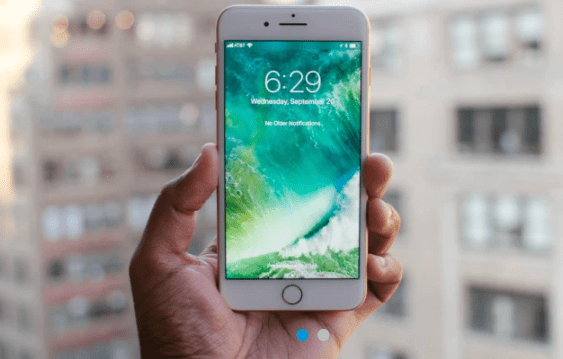Libraries, movie theaters, and school classrooms are often despised by phone addicts. These are the places where, despite paying for a phone with superior signal capabilities, you find yourself trapped in a dead zone. The culprit in many cases is the use of cell phone jammers – devices designed to block the reception of cellular signals by mobile devices.
Cell phone jammers have become a popular tool for those who wish to restrict mobile phone usage in certain areas. These devices work by emitting radio waves on the same frequency as cell phone signals, effectively disrupting the communication between the mobile device and the cellular station. As a result, phones within the jammer’s range are unable to make or receive calls, send text messages, or access the internet.
Libraries, perhaps the most notorious hotspot for phone addicts, have resorted to employing cell phone jammers as a means of preserving a quiet and focused environment. The constant beeping, buzzing, and ringing of phones can be a major distraction to those seeking a peaceful atmosphere for reading or studying. By implementing jammers, libraries are able to maintain a space that encourages productivity and concentration, free from the disruption of mobile devices.
Movie theaters, too, have found themselves plagued by the intrusion of cell phones. These venues are meant to provide a immersive cinematic experience, with viewers fully engrossed in the film. However, the glow of phone screens, along with the disruptive sounds of ringtones and conversations, detract from this experience and can be extremely annoying to fellow moviegoers. To combat this, theaters have turned to cell phone jammers, ensuring that mobile devices are rendered useless throughout the duration of a film.
In school classrooms, the use of cell phone jammers has become a contentious issue. While some argue that these devices promote a distraction-free learning environment, others raise concerns about potential safety implications. In emergency situations, access to functional mobile phones could be vital. Additionally, some argue that educating students about responsible phone usage would be a more effective approach than outright blocking the signal.
In conclusion, cell phone jammers have emerged as a solution to the annoyance caused by mobile devices in certain settings. Whether it be libraries, movie theaters, or school classrooms, the implementation of jammers aims to restore peaceful and focused environments. However, the decision to use these devices should be carefully considered, taking into account both the desired outcome and potential consequences.

Cell phone jammers or signal blockers have been deemed illegal for quite some time now, and the Federal Communications Commission (FCC) has taken a firm stance on their usage. Recently, the FCC has decided to ramp up its efforts in shutting down and penalizing those who use these devices. Michelle Ellison, the chief of the FCC enforcement bureau, explained in a press release last month the reasoning behind this increased interest in eliminating cell phone jammers. Ellison emphasized the serious risks associated with these devices and announced that the FCC will collaborate with law enforcement agencies to crack down on offenders. The FCC plans to address this issue head-on by employing a comprehensive approach involving education, outreach, and aggressive enforcement measures.